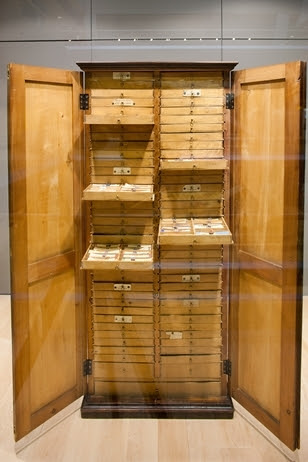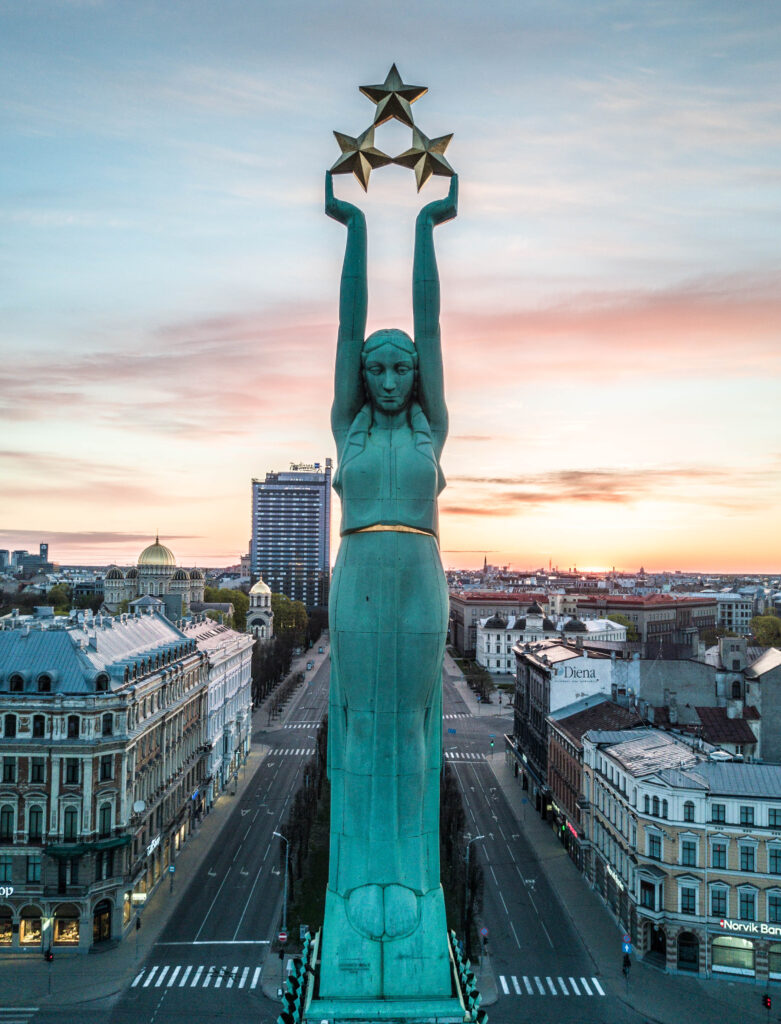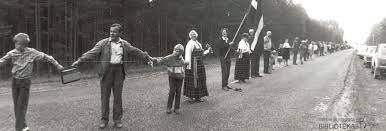Latvian local Culture, events and manifestations
Latvian local cultural events
Get to know some of 99 cultural components that are included in Latvian Culture Canon
Latvian local partners and activities
Explore the everyday activities of the local project partners
Latvian National Culture
Cultural heritage of Latvia shows the impact of different cultures. Get to know them closer in this section.
Latvian local Culture, cultural events and manifestations
In total 99 cultural components of Latvia are included in Latvian Culture Canon, which, like other European countries, has been created as a set of artworks and cultural values and gathers the nation’s all-time major achievements in culture.
In Latvian Culture Canon from traditional culture there is included Liv culture, cemetery culture and Office of the dead, Midsummer’s Eve, Latgalian pottery, rye bread, the Lielvǎrde belt, kokle playing, multipart Latvian singing, Latvian folksongs (“Latvju dainas” – in Latvian), folk costumes, The Nationwide Latvian Song and Dance Celebration, Suiti cultural space and May services.
A special manifestation of cemetery culture is Cemetery Festival (“kapu svetki” – in Latvian language), which includes both public and individual commemorative rituals, which unites different communities through remembrance, demonstrate and maintain values and maintain a sense of identity. Latvian tradition of Cemetery Festival began to form in the first half of the 19th century. The unique Catholic tradition of chanting Latgalian psalms, called Office of the Dead (“mirušo oficijs” – in Latvian language) is still practiced today in the eastern regions of Latvia – Catholic parishes of the left coast of Daugava river and Latgale. Although it may sound quite ominous, the purpose of it is benign – to pray and intercede for the souls of deceased relatives, initially during the first days immediately following the death of a relative and before the funeral, and also a year after their passing. The tradition is an important part of the grieving process. It is also increasingly considered a symbol of Latgalian identity.
The dainas (Latvian folksongs) were most extensively collected and documented from all over Latvia by Krišjǎnis Barons at the turn of the 20th century. He wrote down the dainas, which ultimately amounted to six volumes, titled “Latvju dainas”, published between 1894 and 1915, containing around 300 000 texts. To aid the collation of the texts in a systematic manner, Barons created a wooden cabinet with 70 compartments to catalogue the dainas. In 2001, this cabinet was included in the UNESCO Memory of the World Register. The source material that was sent in to Barons by thousands of informants from all around Latvia consists of over 350,000 small hand- written bits of paper, only 3×11 cm in size, complete with Barons’ annotations and editing notes. This cabinet is now located in the National Library of Latvia in Riga.
Several Latvian writers are included in the literature section of the Latvian Culture Canon – Imants Ziedonis, Ojars Vacietis, Karlis Skalbe, Rainis, Rudolfs Blaumanis, brothers Reinis Kaudzite and Matiss Kaudzite, Regina Ezera, Uldis Berzins, Vizma Belsevica, Eriks Adamsons, Janis Poruks, Janis Jaunsudrabins, Aleksandrs Caks and their works.

“Sometimes I suspect God is working out with me as if I were a soccer ball. Hauls back his leg and hoofs me in the ribs. (How does God get his kicks after all!) Who knows where the goal is, how do I know who he plays with? He could’ve suited me up with the devil or Firsov or Pelé, or with the boys over there in the yard, but him – no, he’s off playing one-on-one with himself.”
/Imants Ziedonis, “Epifanijas”/ (1970-s)
15 individual specific works selected in the visual arts section of Latvian Culture Canon, for example, Monument of Freedom (1931-1935) by Karlis Zale, three landscapes (1910, 1934) by painter Vilhelms Purvitis, painting “After the Service (Leaving the Church)” (1894) by Janis Rozentals and others.
12 movies have been selected in the film sector of Latvian Culture Canon, marking important milestones in Latvian film art regardless of their popularity, for example, „A Limousine the Colour of Midsummer’s Eve” (1981), „The Swamp Treader” (1966) and “Breathe Deeply” (“Four White Shirts”) (1967).
In the section of performing arts of Latvian Culture Canon there are highlighted 15 individuals and forms of art created by individual personality, which have determined and still determines the professional stage art of Latvia, for example, Olgerts Kroders’ Associate theatre, Alvis Hermanis as the director of New Riga Theatre, Eduards Smilgis as a founder of Daile Theatre, actor Uldis Pucitis and others.
The architecture and design section in the Canon consist of a diverse set of 18 different values. It includes both widely noted and universally appreciated values and their authors, and lesser-known works and local values, for example, Latvian national currency – Latvian Lat, Minox camera (designed by Valters Caps), Rundǎle Palace, Salaspils Memorial, the building of the National Library of Latvia, also referred to as the Castle of Light (Gaismas pils), which was included in the UNESCO Register, and its architect Gunars Birkerts.
The music section of the Canon consists of 12 values, composed of both composers and musicals, for example, song “The Castle of Light” (1899) for mixed choir by composer Jazeps Vitols, opus “Musica dolorosa” (1983) for string orchestra by composer Peteris Vasks, composer Raimonds Pauls and „The 4th Symphony”, (1973) by composer Imants Kalnins.

The Baltic Way must also be mentioned, because until nowadays, it is seen as one of the most important manifestations in the history of the country, also it is included in UNESCO Register. It was an action organized by Baltic nations on August 23, 1989, which has demonstrated internationally the unity and determination of the Baltic nations to fight for the restoration of the national independence of the Baltic States. The aim of the action was to draw the attention of the local and international community to the illegal conditions in which the Baltic States were annexed to the Soviet Union.

Millions of people gathered through all three Baltic states. It was also a visible acknowledgement to the international communi t y that the ideas on the independence of the Baltic States have broad popular support.
